Table of Contents
*This post may contain affiliate links. As an Amazon Associate we earn from qualifying purchases.
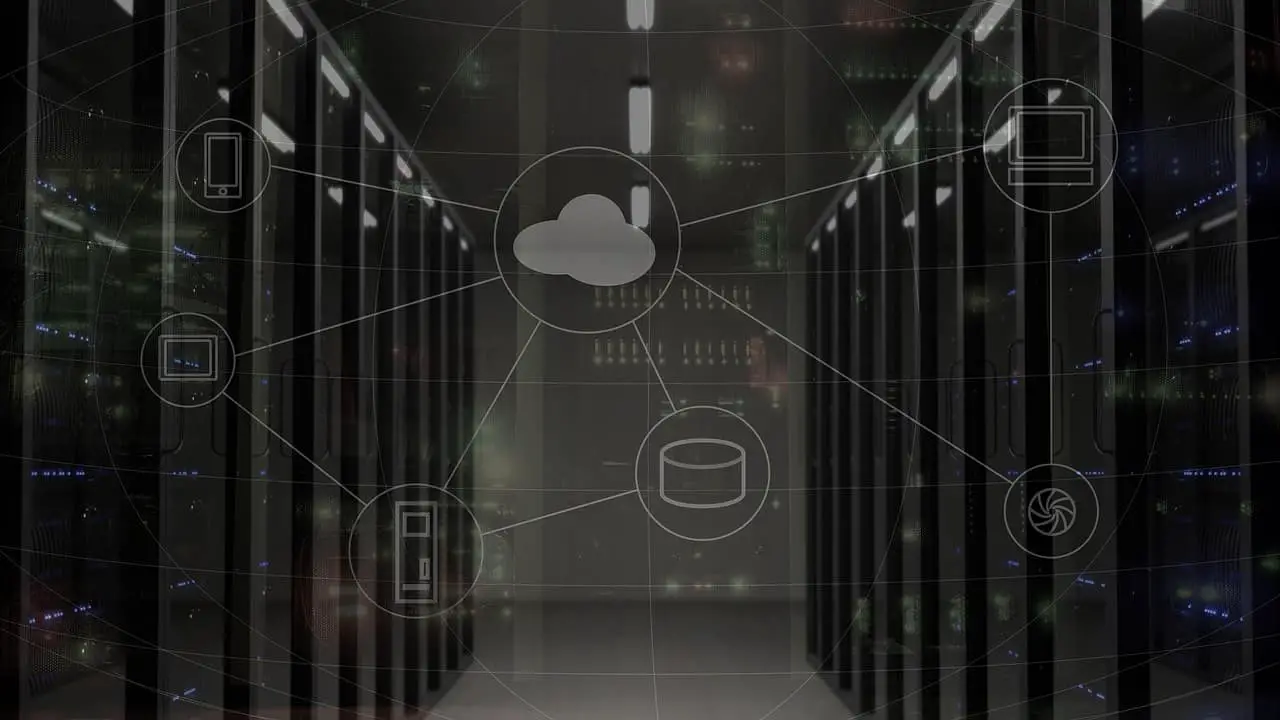
Image from Pixabay
Any basic computer course talks about input and output in a dozen different ways. There’s input hardware and output hardware, such as keyboards and speakers, respectively. There’s also input and output software, such as word processing programs. This even applies to the web, and specifically to computer programmers and web developers, who are well-acquainted with input and output in the form of client side and side. But what is client side vs server side?
Client Side vs Server Side
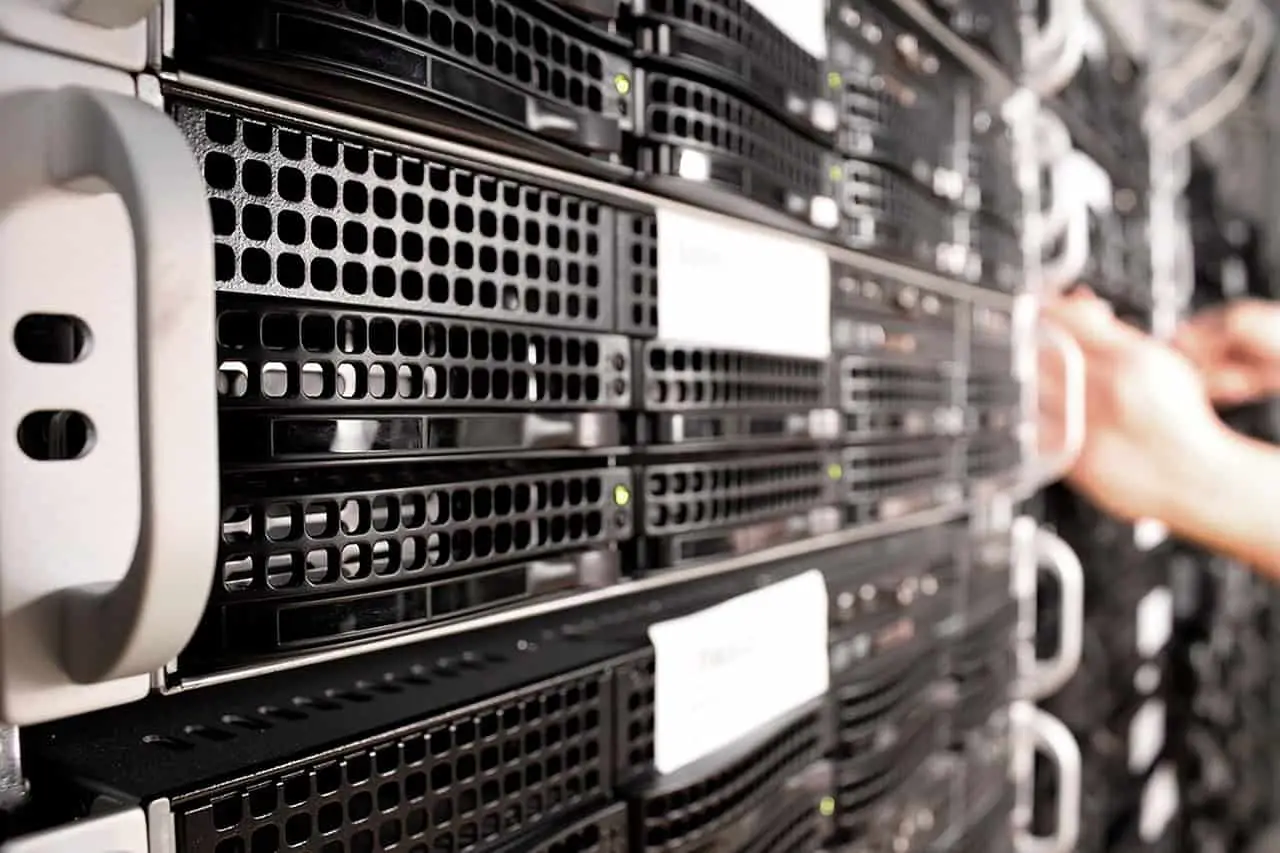
Image from Pixabay
All experienced computer gurus know that the web does two basic things: it takes the input of the user to process, and then it displays an output to the user based on the processing. Information goes in and information goes out. Pretty simple. Client side vs server side is the tech shorthand for these two basic functions of the worldwide web.While client side vs server side is easily understood by people in the know who deal with these concepts every day, it can be something of a trick for the average person to wrap their head around, especially if you happen to be new to programming and developing.When techies talk about client side and server side, they’re basically talking about the communication between two computers over an internet connection. Client side is the computer that a user is operating, and server side is the computer that the user’s computer is talking to. That’s more or less the basic differences between client and server sides.However, this basic explanation doesn’t fully cover how different these two sides are. There are a few important differences between client and server sides, especially in how both sides are used.
Biggest Differences
We know that the client side is your input and the server side is the output. What are the other differences between client side and server side? You can separate the two sides based on information processing, function, development, and use.
Information Processing
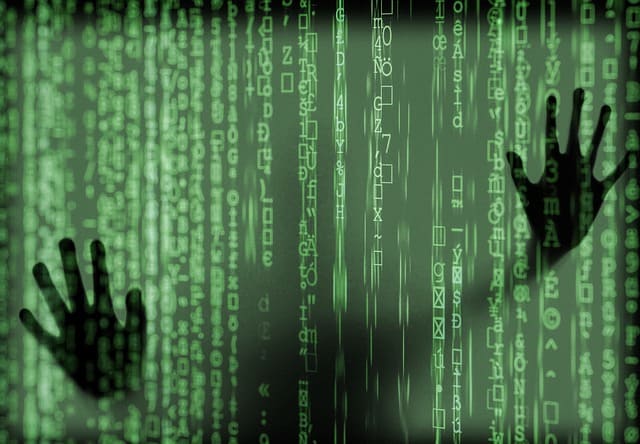
Image from Pixabay
Client side processes information you put into a browser or program. That includes clicks and keystrokes as well as scrolling and other navigation. Server side information processing is the way the server hosting the browser or application interprets your input and corresponds with your device. The server side also processes the base code information, which is why servers sometimes “go down” for updates.
Function
The function of the client side is to allow the user to make use of a browser or application. Client side function is all about user friendliness. The function of a server side is a bit more involved, since the server that hosts the webpage or application stores all of your information. This is the main role of the server side. All webpages and applications have at least one serve, and usually several, which are computers that have no display and are basically very larger storage devices that also host the rigid code of the program.
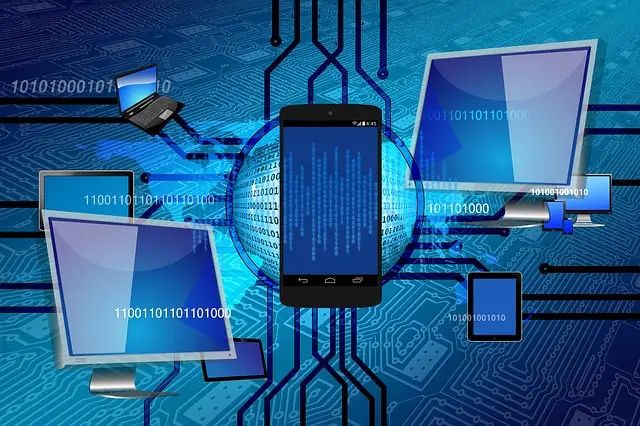
Image from Pixabay
Development
Client side development is typically made in JavaScript, a programming language that is meant to operate better in web-based user browsing. While Java might be used to help develop web pages, most server side development is done in a combination of HTTP and CSS computer programming language. This difference means that client side development focuses on display while server side development focuses on structure and information.
Use
The way client side is used is pretty simple, since we use the client side any time we open up an application or browser. Mobile applications are a great example of how client side is used, since there are features in all social media apps that allow the user to communicate directly with the host server. The user of the server side in this case is to store and display the user’s information.
Conclusion
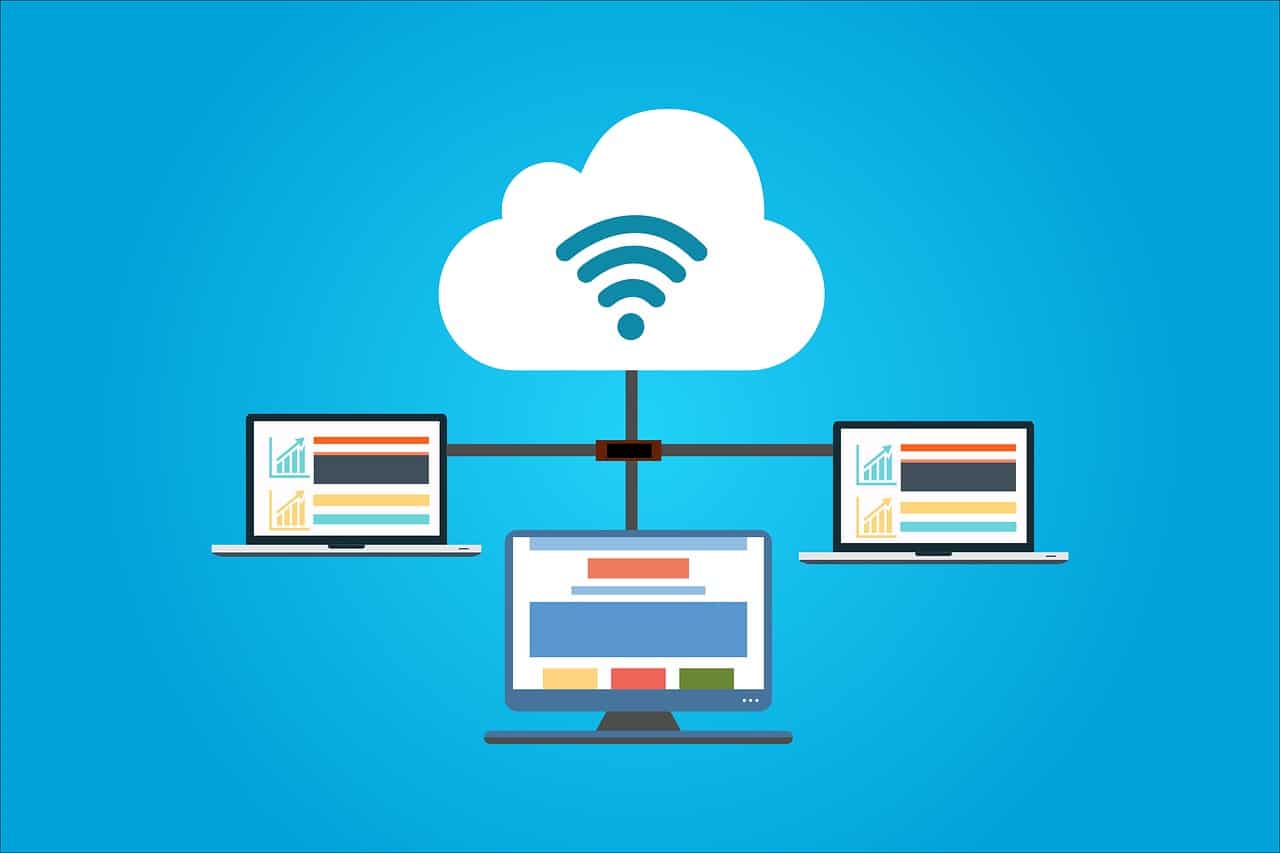
Image from Pixabay
Although two sides of the same coin, client side vs server side differences are all about input and output. The client side inputs information and the server side outputs information in return. Because computers talk to each other in binary, they rely on programming language and development to make sure everything runs smoothly between the client side and the server side. This is the reason why there are two sides to how computers function: so the client can use a webpage, and so the webpage can process for the client.
